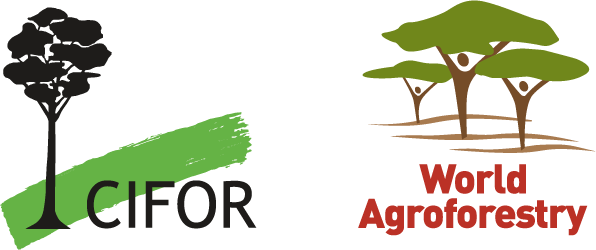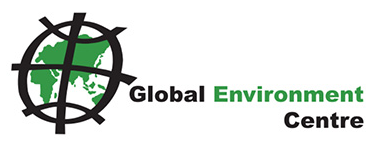Background
Large-scale burned area on vegetation and peat fires emanates transboundary haze across Southeast Asia in 1997-1998 elicited numerous policy responses such as the ASEAN Agreement on Transboundary Haze Pollution, an agreement on management of haze disasters, signed on June 10, 2002. Measurement of the estimated burned area can be useful in the restoration of burned land, estimation of carbon emissions, and law enforcement by the government. Initially, research on burned area mapping was largely aimed towards supporting climate and fire emission modelling1. More recently, burned area mapping has extended beyond scientific uses, and supports operational fire management and policy processes.
The Measurable Action for Haze-Free Sustainable Land Management in Southeast Asia (MAHFSA) Regional Workshop and Consultation Meeting for Capacity Building and Knowledge Product Development was held in March 20212. At the event the report on Knowledge Stocktake Analysis (KSTA) of existing knowledge products and gaps was reviewed3. The KSTA identified the need for new knowledge products. In particular, the workshop agreed as a top priority to develop a guideline on burned area identification and mapping for use in the ASEAN region.
Based on the above, understanding the areas and vegetation types burned are critical information needed annually to gauge the effectiveness of fire management measures and identify areas that may require additional attention and investments. As well as to raise awareness on the needs and benefits of conducting regular burned area mapping and estimation.
The Measurable Action for Haze-Free Sustainable Land Management in Southeast Asia (MAHFSA) programme is a joint initiative between the ASEAN Secretariat (ASEC) and the International Fund for Agricultural Development (IFAD) to support ASEAN Member States (AMS) in reducing transboundary haze pollution and its impacts in Southeast Asia.
1 Chuvieco, E., Mouillot, F., van der Werf, G.R., Miguel, J.S., Tanase, M., Koutsias, N., García, M., Yebra, M., Padilla, M., Gitas, I., Heil, A., Hawbaker, T.J., Giglio, L. 2019. Historical background and current developments for mapping burned area from satellite Earth observation. Remote Sensing of Environment 225: 45–64.
2 MAHFSA 2021. Regional Workshop and Consultation Meeting for Capacity Building and Knowledge Product Development. MAHFSA. CIFOR: Bogor.
3 Dermawan et al. 2020. A stocktaking of knowledge products on peatlands, fires and haze in Southeast Asia, 1990 to 2020. MAHFSA Programme. ASEAN Secretariat: Jakarta.
Objectives
- Gather AMS fire information agencies and international experts on fire observations and burned area mapping and estimation to discuss current burned area mapping activities in ASEAN and internationally, including the basic needs and uses of burned area information for fire management
- Provide a platform for exchange, discussion, and to explore common approaches for improvement of burned area mapping in ASEAN through participatory approaches
- Formulate an outline, working group and time schedule for developing a burned area guideline.
Output
The expected outputs for this activity are:
- Documentation of best practices on burned area mapping
- Agreed common approach or practice for ASEAN on burned area mapping (Northern vs Southern ASEAN Sub region)
- Agreed next steps for the preparation of developing ASEAN guidelines on burned area mapping.
Agenda
For further information
Ahmad Dermawan, Scientist, CIFOR-ICRAF
Email: a.dermawan@cifor-icraf.org


















